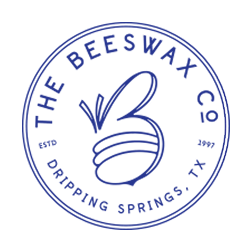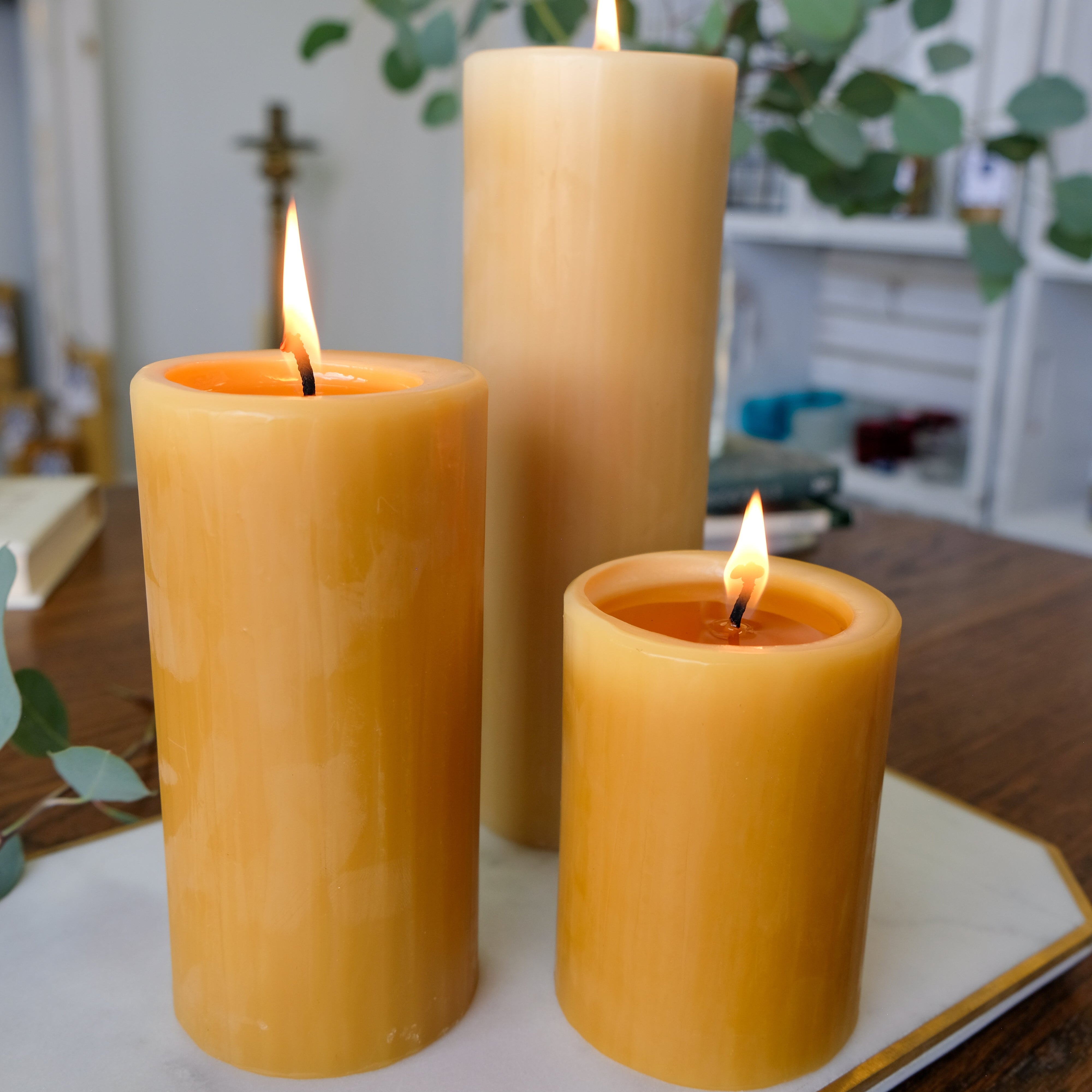When you work for The Beeswax Company, you get used to curious little honeybees buzzing into the shop to say hi. As such, bees are one of our favorite topics, and not only because we rely on honeybees for the wax we use to make our 100% pure beeswax candles, but because we recognize how important they are to our lives and to the environment.
Honeybees aren’t the only ones that deserve a shout-out, though. Bumblebees—although fuzzy, fat, and adorable—actually keep pretty busy. There are currently nine bumblebee species living in Texas, and each has its own unique color pattern. They’re often confused for carpenter bees, which are similar in size, but have less fuzz on their abdomens (AKA not as cuddly). Along with carpenter bees, bumblebees are buzz pollinators, meaning they’re able to pollinate flowers that honeybees can’t.

Buzz pollination is a pretty advanced process, especially when compared to the passive method of pollination practiced by other types of bees. First, a bumblebee will bite down on a flower’s anther to get a good grip. (This is the part of the stamen where pollen is produced.) Then, the bumblebee will work her wing muscles until her whole body is vibrating in a process called floral sonication. These vibrations create a high-pitched buzzing sound, which is where we get the term “buzz pollination.” Through sonication, the pollen trapped inside the anther will shake loose and spill out.
This is not only a hard job, but a messy one, too. The pollen that comes from inside the anther ends up all over the bumblebee, who then rolls it up into a little ball that she keeps on her sticky legs as she goes from flower to flower. This whole tedious process is necessary for certain plants to reproduce, meaning that wild bumblebees and other types of buzz pollinators are extremely important for the survival of plants like potatoes, tomatoes, blueberries, and Rhododendron.

Honeybees may be in the spotlight most of the time, but all bees deserve our appreciation and protection. In fact, bumblebees are actually in more of a pickle than the honeybees we’re so used to hearing about. Bumblebees do poorly under extreme temperatures, which means climate change poses a particular threat. Additionally, because many bumblebees nest underground, they are especially susceptible to pesticide use.
By now, we’ve heard all about the need to #SaveTheBees, but it’s important that it doesn’t become just an empty sentiment or a cute phrase to put on a T-shirt. Let’s face it: bees do a lot for us, and it benefits everyone when we do our best for them. If you’d like to help your local bumblebee population, you can start by avoiding pesticide use, and growing native, pollinator-friendly plant species in your garden. These articles from Scientific American and National Geographic are worth a read if you’re interested in learning more:
For even more information, feel free to check out some of our other blog posts about how to live a more bee-friendly lifestyle:
Sources:
“Bumble Bee Identification.” Native Pollinators & Private Lands, Texas Parks & Wildlife Department, tpwd.texas.gov/huntwild/wild/wildlife_diversity/nongame/native-pollinators/bumblebee-id.phtml.
Potter, Lisa Marie, and Josh Cassidy. “This Vibrating Bumblebee Unlocks a Flower’s Hidden Treasure.” KQED, 19 July 2016, www.kqed.org/science/781757/this-vibrating-bumblebee-unlocks-a-flowers-hidden-treasure.
Images:
Photo of Bumblebee. Image found in the public domain believed to be free to use without restriction in the US.
Photo of Detailed view of bumblebee on a flower. Image found in the public domain believed to be free to use without restriction in the US.
Photo of Bumblebee (Bombus pascuorum) on a yellow flower. Image found in the public domain believed to be free to use without restriction in the US.



